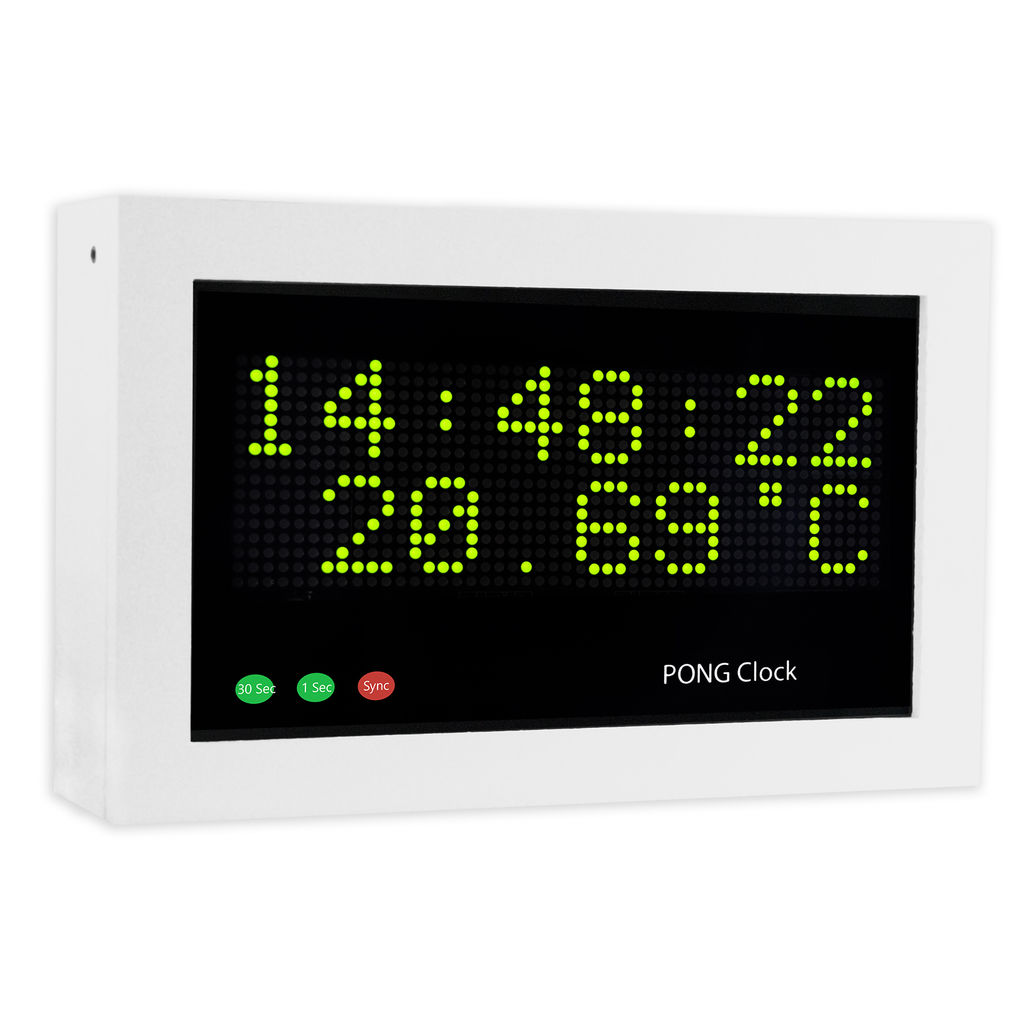We have added a new IoT product to our Tindie store. It is a rapid prototyping and development board for the powerful ESP32 WiFi/BLE module. It is targeted toward rapid development of a wide variety of IoT applications, supporting both WiFi and Bluetooth connectivities. The development board breaks out all the module’s pins to 0.1″ headers and provides a CP2102 USB-TTL serial adapter on board for easy programming. The board also features on-board power supply regulator and an integrated LiPo Battery Charger.

ESP32 development board
ESP-WROOM-32 is a powerful, generic Wi-Fi+BT+BLE MCU module that targets a wide variety of applications, ranging from low-power sensor networks to the most demanding tasks, such as voice encoding, music streaming and MP3 decoding. The development board breaks out all the module’s pins to 0.1″ headers and provides a CP2102 USB-TTL serial adapter, programming and reset buttons, and a power regulator to supply the ESP32 with a stable 3.3 V. Espressif doubled-down on the CPU resources for the ESP32 with a dual core, running at 160MHz and tons more pins and peripherals. The integration of Bluetooth, Bluetooth LE and Wi-Fi ensures that a wide range of applications can be targeted, and that the module is future proof: using Wi-Fi allows a large physical range and direct connection to the internet through a Wi-Fi router, while using Bluetooth allows the user to conveniently connect to the phone or broadcast low energy beacons for its detection. The sleep current of the ESP32 chip is less than 5 µA, making it suitable for battery powered and wearable electronics applications. ESP-WROOM-32 supports data rates of up to 150 Mbps, and 22 dBm output power at the PA to ensure the widest physical range. As such the chip does offer industry-leading specifications and the best performance for electronic integration, range, power consumption, and connectivity.
Download the datasheet
But it today from our Tindie Store.









